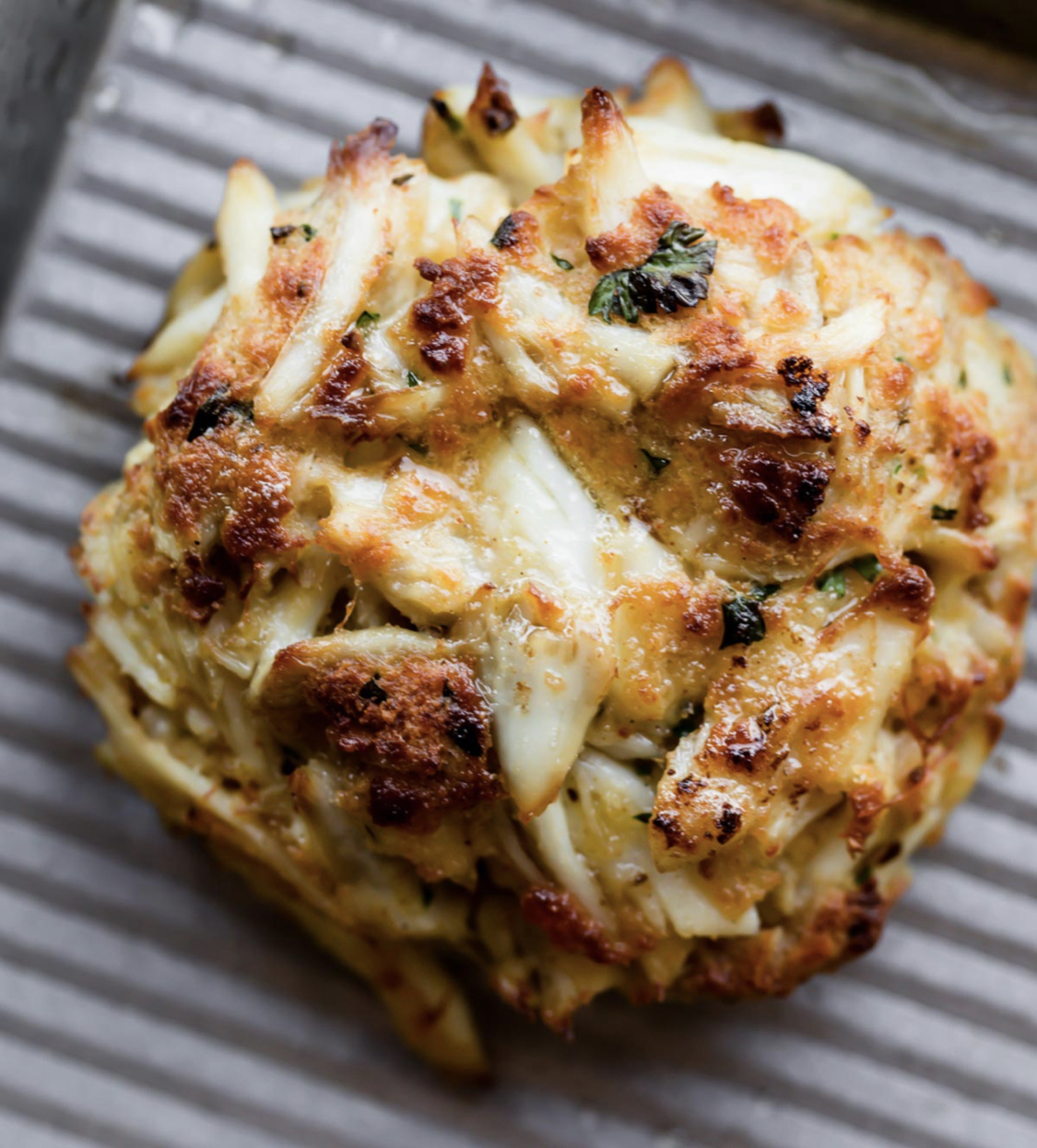The History of Crab Cakes
Posted by marylandscrabcakes,com on 29th Jan 2025
The History of Crab Cakes
Crab cakes are a staple in Maryland cuisine.
Other than sitting around a newspaper-covered table with your favorite people picking the meat from the shells, crab cakes are one of the most popular ways to eat . It’s a staple in Maryland cuisine but has become a popular dish in many different regions in the country and cultures around the world. There a variety of recipes available and additions that people enjoy, including various spices, peppers, and herbs. If you’ve ever wondered about the origins of the crab cake, read on for some fun facts.
Indigenous Americans
The origins of the crab cake likely trace back to Native American cuisine, specifically from the Chesapeake region. The same process that was used then to remove the meat from the shells is the same that is used today — it’s done by hand. History also suggests that crab cakes were one of the first indigenous dishes adopted by the settlers.
The 1920s
Fast forward to the 20th century, Maryland, Virginia, and other areas in the eastern region quickly became the country’s leading source of crab meat. Until refrigerators were more readily available and before transport was available, crab meat was also mostly consumed in the Chesapeake region. Once refrigerated trains became available, the meat could then be transported throughout the country.
Types of Crab Cakes
Depending on what area you’re from on the east coast, you may be used to having crab cakes prepared a certain way. In the north, from Baltimore to Pennsylvania, crab cakes are often prepared using a thick cream sauce. They must be allowed for rest for several hours before being cooked. On the Eastern shore, the cakes are bound with a combination of egg and flour with little other additions to distract from the flavor of the crab. The western area is known for “continental” crab cakes, which includes bread or cracker crumbs as filler.

